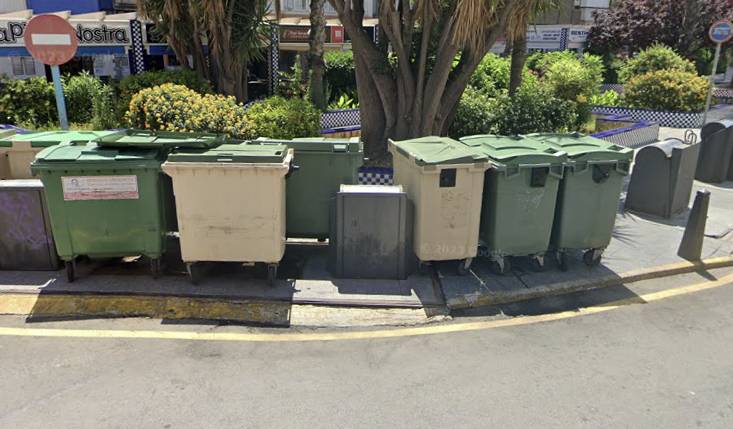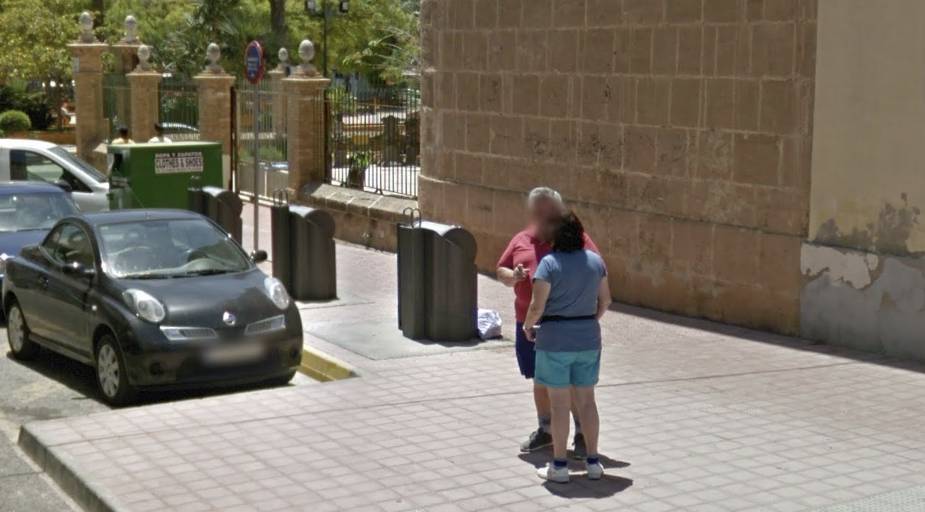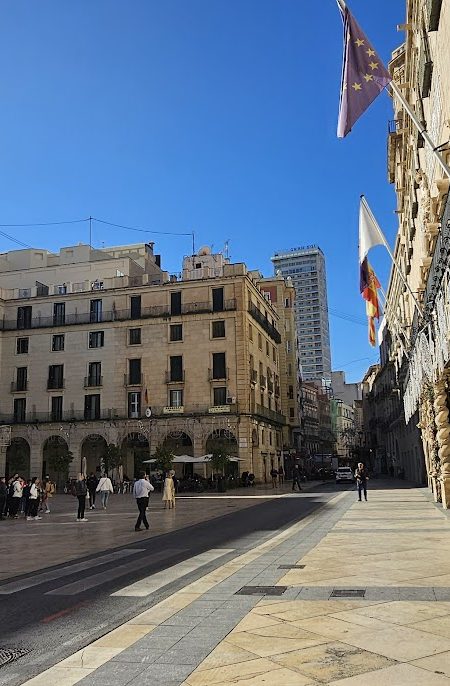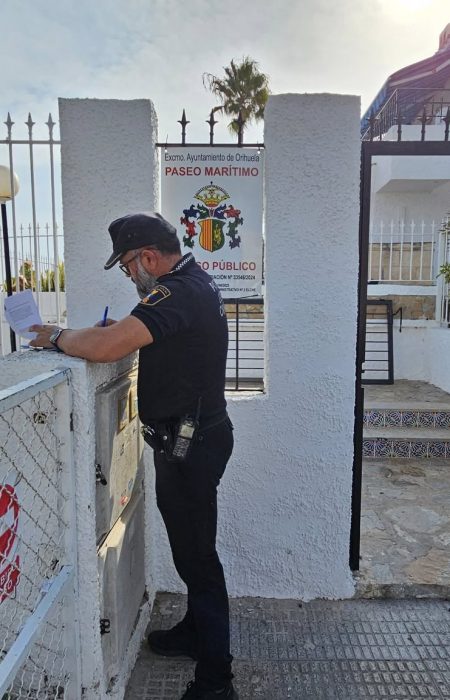The Infrastructure and Railways company has started destroying 164 subterranean rubbish bins spread across 100 disposal sites in Torrevieja. The majority of these containers were erected in the city centre in 2005 and remained unused for years due to a lack of maintenance and damage. Those installed in 2010 on Calle Caballero de Rodas and neighbouring areas were paid for but never used. They will be removed, as they have not been used since then.
The disassembly is being carried out because Acciona’s current waste collection service, which began in mid-2022, is nearly entirely based on side-loading collection vehicles. The corporation stated that it would not invest in replacing the containers, which, throughout their usable life, particularly those with a hook-and-lift truck collection method, continued to produce issues.
End of the year
María José Ruiz, Councillor for Urban Sanitation, explained that work began in areas further from the centre, such as Avenida Desiderio Rodríguez and Gregorio Marañón, to minimise the impact on the centre during peak season.
They have now started working in the city centre, removing huge containers and digging pits with earth up to three metres deep. The councillor said yesterday, Monday September 22nd, that the work planned to cover the resulting space with paving or asphalt, depending on the location. The entire project must be completed by the end of the year, depending on contract deadlines. She also stated that the resulting gaps will not be filled with surface-mounted container islands, as their final pattern has already been determined: the additional urban space will be used for parking or pedestrian crossings.
Torrevieja City Council’s institutional advertising, which is mostly on Instagram and TikTok, promotes the destruction of the containers as an example of municipal management, following many years of neglect and lack of use.
It was not in the specifications
The removal process costs 364,000 euros and is funded by the municipal budget rather than the collection firm, which has discontinued its use and repair.
The requirements for the new service, which took into effect at the end of June 2022, with an annual cost to the City Council of 25 million euros and a 15-year term, do not specify what should be done with these containers, despite the fact that their reuse was already unlikely.
Acciona declined to pay for the procedure. It even bid in the competition to obtain the contract to have them removed. Finally, Infrastructure and Railways was granted the two lots into which the project was divided, following an architect’s proposal.

Torrevieja’s subterranean waste bins will be replaced by the existing contractor in mid-2022, leaving just roughly 30 locations in the city centre.
In this situation, the containers use hydraulic collecting systems, which are far more efficient and silent. These containers are located in the city’s tourist district and along the promenades and were chosen nearly entirely for visual purposes. These containers also include those from two residential areas where the same technology was recently installed and is in superior condition: Villa Amalia and La Coronelita.
Unhealthy, inefficient, noisy, and expensive
The deployment of subterranean containers in Torrevieja occurred in the late 1990s, as a true novelty almost throughout Spain, and was favourably accepted. Unseen trash did not exist. However, the collection company—particularly its employees and neighbours who suffered as a result of the containers’ location on the islands—realised that it was not the ideal option, especially for those utilising hooklift equipment. They had to wait for them to fill full because the operation required driving a special truck with a boom that lifted the enormous container’s box to expel the garbage, which generally happened before daybreak. Because collections were sporadic, the rubbish developed leachate, a polluting liquid residue formed by organic remnants that pooled at the bottom. Pests thrived here. The box and its environs were extremely difficult to maintain, and the materials corroded quickly. Despite the absence of rainfall and years of inactivity, the ditches are still amassing enormous amounts of water and debris, according to the contractor.









No Comment! Be the first one.